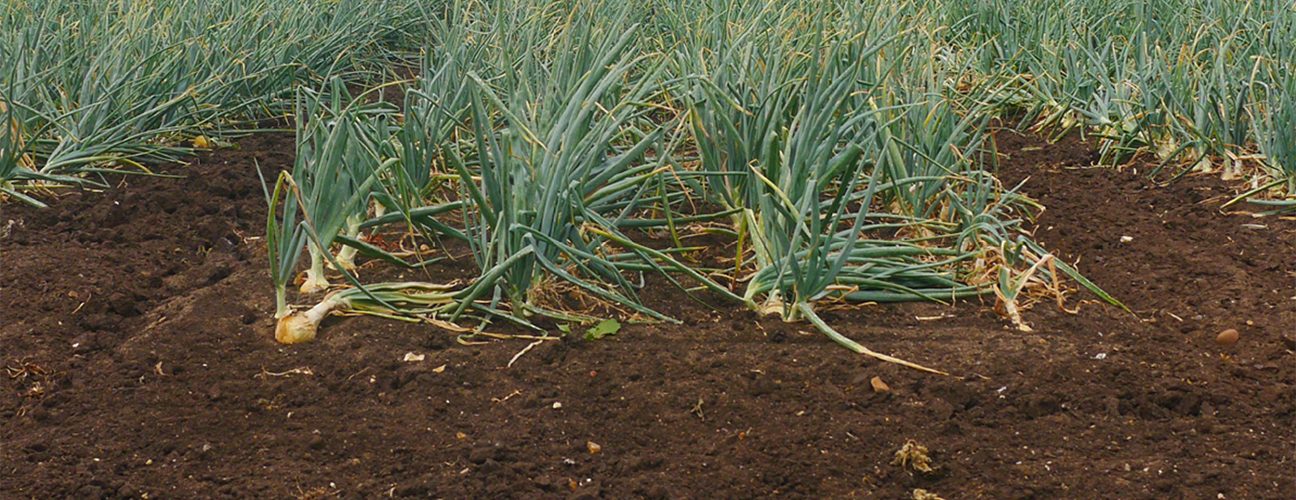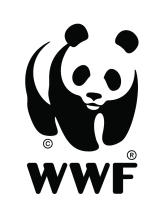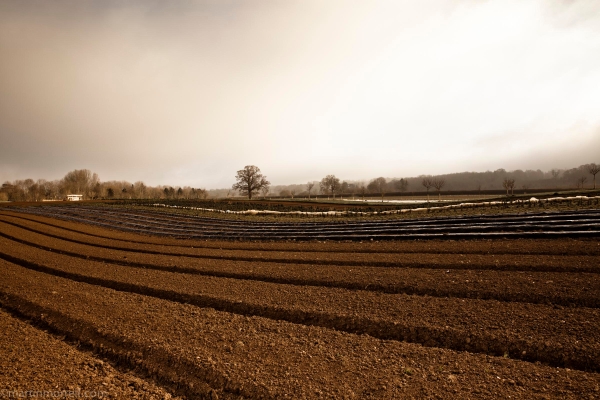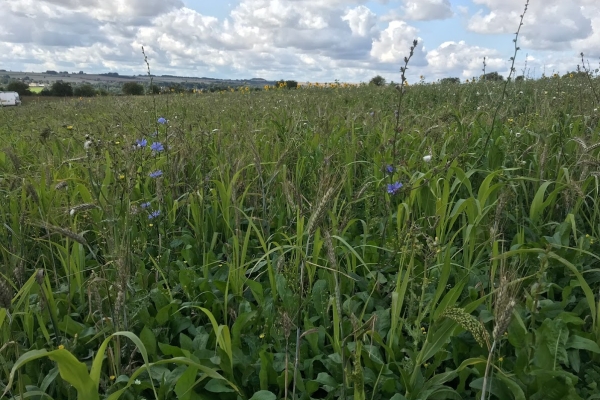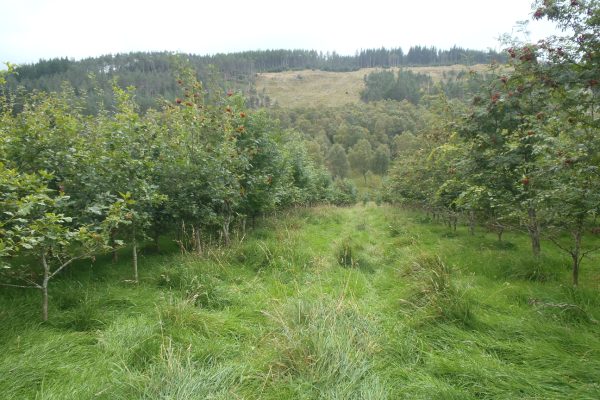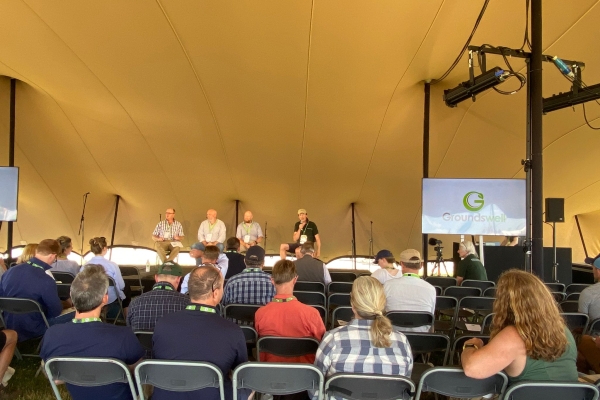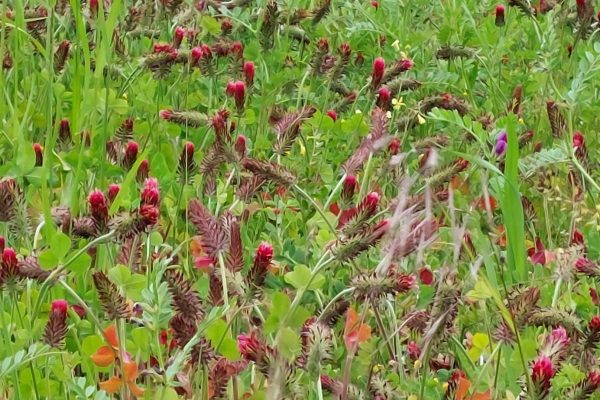Cropping Systems on Drained Lowland Peat
Resource explained
This short guide is an output from a NIAB project with WWF and Fenland SOIL to explore and support more sustainable cropping systems on lowland peat soils. The aim was to bring together the best-available knowledge to show how farming practices can adapt to achieve more sustainable cropping systems, alongside other changes in lowland peat landscapes such as peatland restoration and new crops for the bioeconomy in paludiculture systems. The project was supported by WWF-UK as part of a wider commitment to address the environmental impact of food production, including on lowland peat, while supporting productive, resilient farming systems.
The guide is designed to help farmers identify actions that can be taken to better manage cropping systems on these soils for a sustainable future. It identifies some initial steps to help farmers select the best combination of practices to improve sustainability of cropping systems on drained lowland peat. Practices are divided into actions that everyone should do, and actions that go ‘beyond the norm.’ These are categorised into protective water management, protecting the soil surface, evidence-based cultivation, targeted inputs and diversity in space and time.
Findings & recommendations
- There is no one-size fits all blueprint to deliver reduced greenhouse gas emissions, maintain farm productivity and increase biodiversity. Improving the sustainability of cropping systems on peat must build on existing practices, the farming system, climate, and cropping.
- Three things to consider are:
1) Keep soil covered 2) Raise the water table and 3) Include a diverse rotation - Two things to avoid are:
1) Lots of high disturbance cultivation 2) Using land for one crop only - Examples of going ‘beyond the norm’ include investment or development of dual purpose machines to reduce required number of passes, buffer zones for ditches and other surface water, intercropping, agroforestry, and distributing crops spatially to avoid large areas of monoculture.
The project was supported by WWF-UK as part of a wider commitment to address the environmental impact of food production, including on lowland peat, while supporting productive, resilient farming systems. A range of documents relating to this work including all the reports on lowland peat are available here.
Fenland SOIL was set up in 2021 as part of the work carried out by the Cambridgeshire and Peterborough Combined Authority’s Independent Commission on Climate as a dedicated team with farmers at its core to tackle climate issues relating to agriculture and peat in the Fens.
This work follows up work completed in 2023 to explore the future of vegetable production on lowland peat. Niab is also working with Natural England to deliver co-ordination and wider engagement for projects working on paludiculture funded by the Paludiculture Engagement Fund – see paludiculture.org.uk
